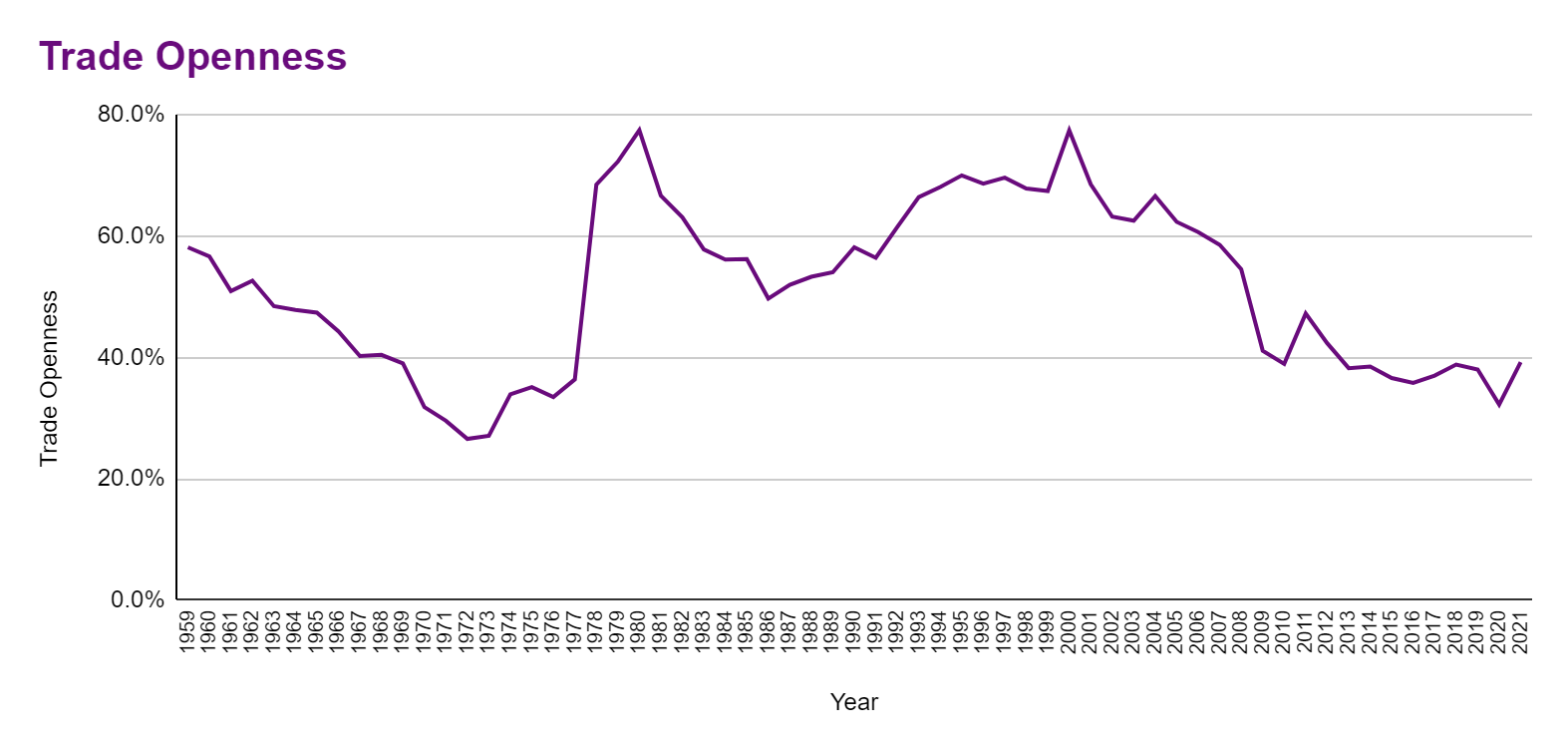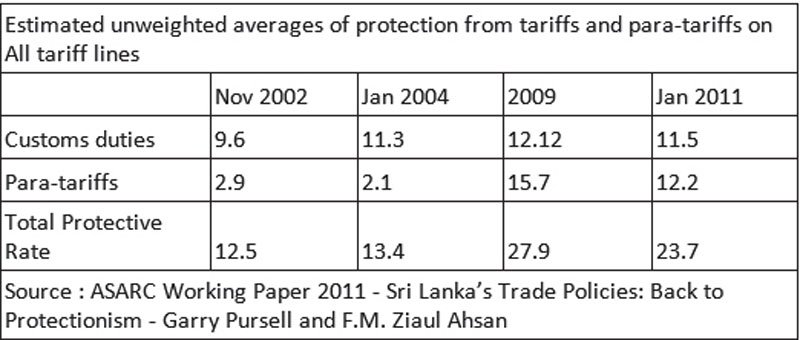A case for privatisation
Originally appeared on The Morning
By Dhananath Fernando
While many agree on the need to reform State-Owned Enterprises (SOEs), several counter arguments remain.
There is one main argument that is reasonable: how can we be assured that corrupt politicians will make transparent transactions? The weaknesses in the previous privatisations have completely affected the confidence of the public.
On the other hand, the positive results of privatisations in cases such as Sri Lanka Telecom (SLT) are very clear. Costs have decreased while productivity and quality of service have significantly increased, and the Government has made money.
However, SLT was a partial privatisation, with the Government having the larger share of 49.5% in the company. This oversight that the Government has over the telecommunications company has once again demonstrated that it is not operating to its full potential when compared to competitors.
This is not surprising, because there is a window for corruption and favouritism when politicians have control over the administration. An article published by Sanjeeva Jayaweera, who is the Chief Financial Officer of one of Sri Lanka’s largest conglomerates, revealed some comparative statistics on the telecom sector.
This market leader, a privately-owned telecom company with more than 17.7 million subscribers, manages the operation with about 3,631 staff members and has a wage bill of Rs. 10 billion for 2021. On the contrary, SLT operates with 8,058 employees, serving about 9.3 million subscribers and has a wage bill of about Rs. 20 billion for 2021.
This is a clear indication of the space available for political appointments and usage of excess resources from the economy. The private market leader generates a revenue of Rs. 142 billion and SLT makes about Rs. 102 billion.
The average dividend income earned by the Government over the last five years is only about Rs. 1.1 billion.
Passive earning
What many forget is that the private sector making more money on a competitive basis is very much beneficial to the Government on a large scale, rather than the Government trying to do business in an unknown territory, which also results in politicisation.
A private company has to pay 15% of its entire revenue and 30% of its profits to the Government. The Government earns a significant amount of money from businesses by doing nothing. Therefore, there is no logic in intervening in markets and bearing an unnecessary burden when there are options to earn money easily.
The Government can earn even more money through PAYE taxes when employees of a private company earn more than Rs. 100,000. Accordingly, the total amount the Government earns from businesses is quite significant. Hence, it is more lucrative for the Government to hold a regulatory role rather than to engage in business.
Unfortunately, Sri Lanka does not have a competition commission. It was reported that Sri Lanka’s market leader in telecommunications was planning on acquiring another company in the market. Ideally, this transaction should go through a competition commission to evaluate the impact on customers. Sadly, Sri Lanka does not have a competition commission; nor does the competition law include or address mergers and acquisitions.
In the process of privatising, it is vitally important to have independent valuations for the company and manage the transaction transparently with no unsolicited proposals. The bidding process must be competitive and the balance sheet has to be improved to reap the maximum benefit.
According to Jayaweera’s estimation, taking an average of the share price (prior to shares becoming overvalued by privatisation discussions), the Government should be able to earn about Rs. 50 billion by trading shares. If the Government were to earn that money through dividends, it would take about 50 years. If Rs. 50 billion is invested at 10% interest, it should provide a return of Rs. 5 billion to the Government, which is five times the current earning through dividends.
National security
The second argument is on national security. This is a common argument made by politically-appointed boards of SOEs, trade unions, and affected shareholders. However, this argument has questionable logic – government ownership and operational management does not automatically ensure national security.
For example, even though the Government operates the petroleum and electricity markets, we still experienced fuel shortages and 12-hour power cuts. In the 2000s, there was a case of importing substandard fuel and during the Yahapalana regime there were fuel lines due to supply chain disruptions. If you recall, there were also times when the internet was blocked during the Aragalaya.
Even during the Yahapalana era, the internet was blocked on several occasions over national security concerns. However, even with prior warnings by the Indian intelligence services, we were unable to avoid the Easter attacks.
Therefore, if we consider facts and logic, national security has a broader mandate which goes beyond arguing that sectors such as energy and power have to be managed by the Government. Even then, petroleum products are not manufactured in Sri Lanka. We are merely importing them in vessels not owned by the Government.
Simply having control over the distribution channel does not ensure national security when the ships and entire supply chain can be interrupted by many others. The same applies for electricity and telecommunications – all high-tech equipment is supplied by multiple countries and interruptions can occur at any point.
The resistance to SOE reforms is driven more by emotion than logic. In a context where we are emotionally attached, rationale does not make any sense. But the challenge is that emotions do not count when we consider the facts and figures of the economic crisis. Unfortunately, emotional attachments cannot rescue Sri Lanka from the crisis. I wish they could.
The opinions expressed are the author’s own views. They may not necessarily reflect the views of the Advocata Institute or anyone affiliated with the institute.










